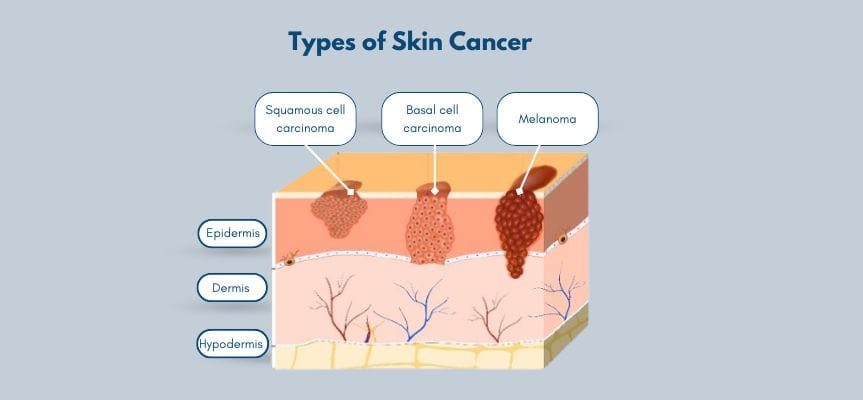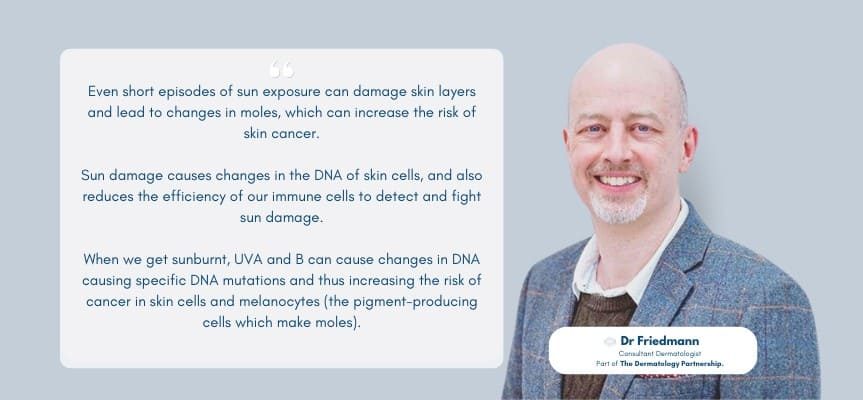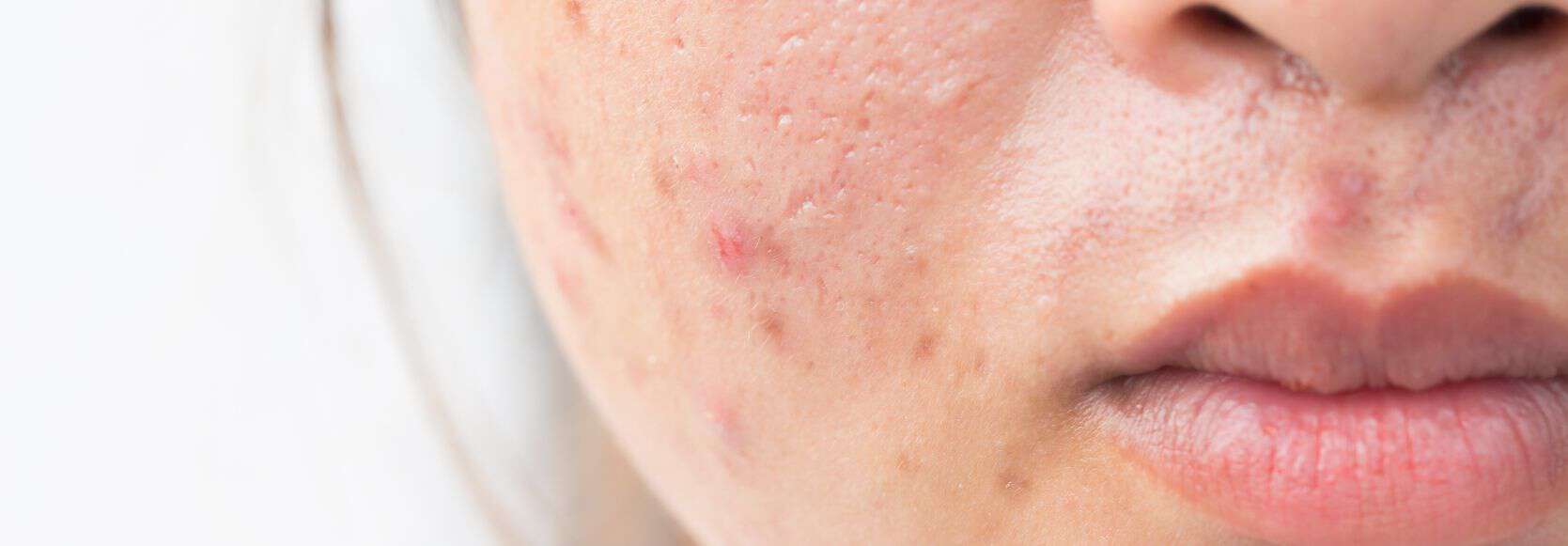Every year, May marks an important moment for the world’s collective fight against melanoma, the deadliest form of skin cancer. It’s a time when the healthcare community amplifies its efforts to educate and engage the public about the risks, prevention strategies, and the latest advancements in treatment. For you, the individual, it’s a personal call to action – an opportunity to learn how to lower your risk and lead the charge in spreading life-saving knowledge.
In this comprehensive guide, we discuss the essentials of melanoma skin cancer and arm you with the tools to protect yourself and others.
The Significance of Melanoma Awareness Month
Melanoma Awareness Month serves a dual purpose. It honours those affected by melanoma and aims to bring the disease into the spotlight, where its early signs and risk-reducing measures can be better seen. Throughout May, individuals and organisations unite to diminish the rising tide of melanoma cases by fostering understanding, encouraging regular skin checks and publicising preventative measures. To truly grasp the importance of this month of awareness, we begin with a primer on what melanoma is and why vigilance is essential.
Understanding Melanoma: More Than Just a Mole
Melanoma is a type of skin cancer that develops from pigment-containing cells known as melanocytes. Its distinct types—superficial spreading melanoma, nodular melanoma, lentigo malignant melanoma and acral lentiginous melanoma—set it apart from other skin cancers. Each has unique growth patterns and treatments.
Despite being one of the less common types of skin cancer, melanoma causes the majority of skin cancer-related deaths due to its high rates of metastasis if not caught and treated early. In the U.K. and beyond, understanding melanoma’s nuances can mean a world of difference for your health.
Incidence and Mortality Statistics
Melanoma Risk Factors and Prevention Strategies
Understanding Your Risks
Several risk factors can increase the likelihood of developing melanoma, from exposure to ultraviolet (UV) light and genetic predisposition to having many moles or a weakened immune system.
- UV Exposure: Intense, intermittent exposure can increase the risk of melanoma. This is typically the result of sunburns but can also be caused by other sources of ultraviolet (UV) light.
- Fair Skin: Those with fair skin, light-coloured eyes, and blond or red hair are at higher risk due to lower levels of protective melanin.
- Moles: Having many moles or certain types of moles can increase risk.
- Personal History: If an individual has had melanoma in the past, they are at higher risk of developing it again.
Shielding Against the Sun
Taking proactive measures to prevent melanoma doesn’t require a complete overhaul of one’s lifestyle. Here are some straightforward steps that can minimise exposure to harmful UV radiation:
- Use Sunscreen: Apply a broad-spectrum sunscreen with an SPF of 30 or higher on all exposed areas, even on cloudy days.
- Protective Clothing: Wear protective clothing such as wide-brimmed hats, long-sleeved shirts, and UV-blocking sunglasses.
- Seek Shade: Limit direct exposure to the sun, especially during peak hours when UV levels are at their highest.
- Avoid Tanning Beds: Tanning beds emit harmful UV radiation and are a significant risk factor for melanoma.

Early Detection Saves Lives
The ABCDEs of Melanoma
Familiarise yourself with the ABCDEs of melanoma to identify any atypical moles or skin lesions. If you notice any irregularities, seek prompt evaluation from a dermatologist.
- A for Asymmetry: One half of the mole does not match the other.
- B for Border Irregularity: Edges are irregular, ragged, notched, or blurred.
- C for Colour: The colour is not the same throughout the mole and may include shades of brown or black or patches of pink, red, white, or blue.
- D for Diameter: The mole is larger than a pencil eraser.
- E for Evolution: The mole changes in size, shape, colour, or symptoms such as itching, tenderness, or bleeding.
Professional Skin Checks
The Latest in Melanoma Treatments
If you find yourself diagnosed with melanoma, it’s critical to be aware of the range of treatments available. Melanoma treatment is steadily advancing, with interventions ranging from traditional surgery to advanced immunotherapies tailored to each patient’s unique profile. Understanding your options is critical to making informed decisions about your care.
Surgical Options
Medical and Molecular Therapies
The Role of Clinical Trials
Spreading Awareness and Taking Action
Community Engagement
Knowledge Sharing
Perhaps the most potent tool in the arsenal against melanoma is knowledge. By imparting what you’ve learned about prevention, detection and treatment, you equip others to take charge of their health, too.
Supporting Initiatives
Conclusion: Your Role in the Melanoma Narrative
Your education and vigilance about melanoma are critical to your well-being and the broader public health paradigm. By engaging with the information in this guide, you’ve taken a proactive step towards protecting yourself and others. Continue to spread the message, encourage early detection, wear sunscreen and prioritise your annual skin checks. Together, we can make a difference in the fight against melanoma, and together, we can save lives.
Early detection saves lives, especially with melanoma, which can be easily treated if caught early. Be diligent in your self-examinations, use UV-protective clothing and sunscreen, and report any changes or irregularities in your skin to your dermatologist. By taking action now, you are actively preventing a potential future melanoma-related health issue.Schedule Your Skin Check Today
The best way to ensure your skin health is to schedule a skin check with a dermatologist. Take control of your well-being and book your appointment now. Your future self will thank you.

